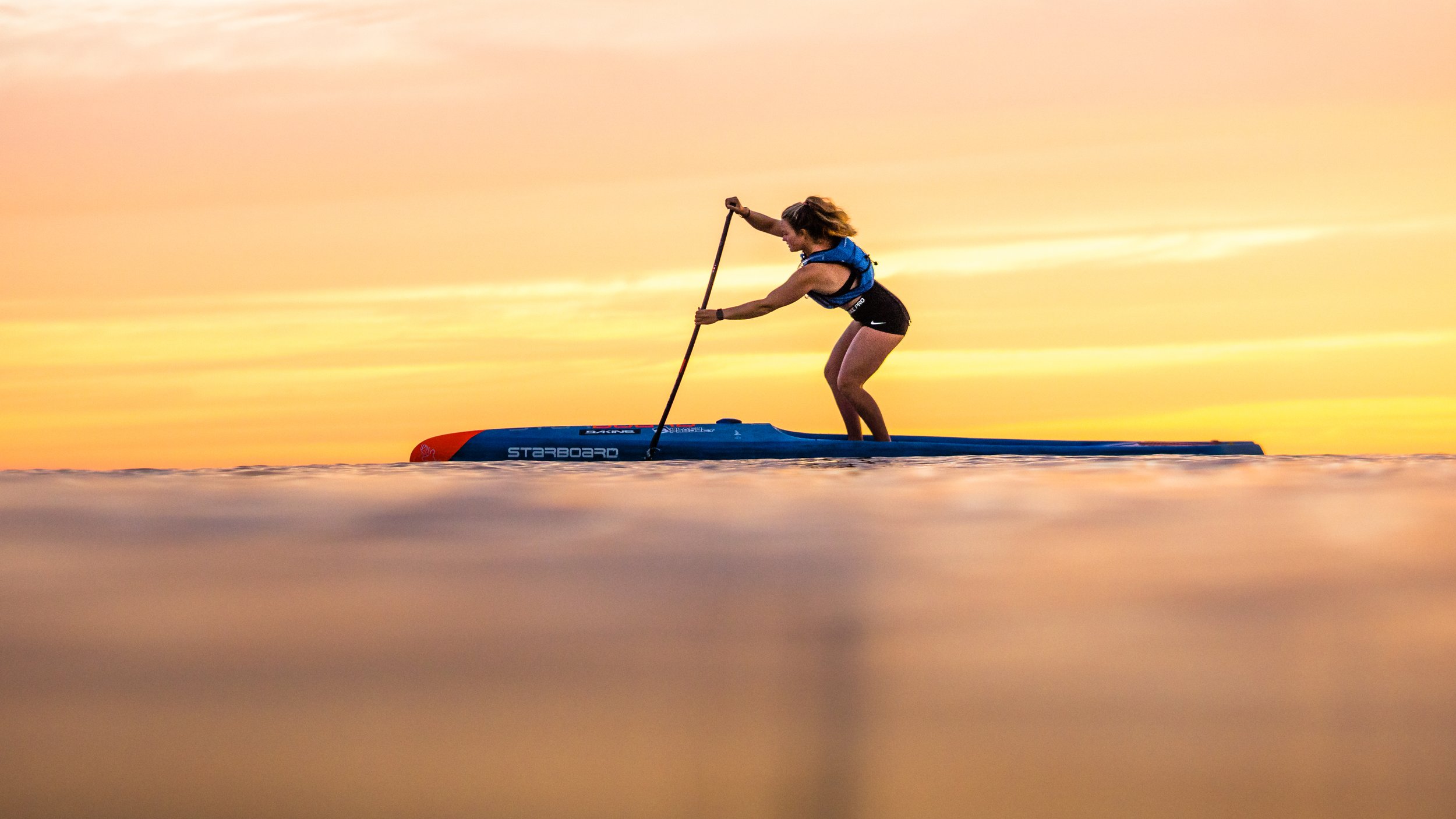
#DiabetesDoesntLimitYou
Fiona was diagnosed with Type 1 Diabetes (T1D) on her high school graduation day, at the age of 18. However, she refuses to allow T1D to interfere with her dreams. Ranking in the top three in the world for the last 5 years, she balances travel, training, and competing full time along with pursuing a Bachelor of Science degree at Oregon State University, all while managing T1D. Fiona is dedicated to T1D education and inspiring adults and children with T1D to live a healthy, full life.
FAQs
-
Type 1 diabetes (T1D) is an autoimmune disease in which insulin-producing beta cells in the pancreas are mistakenly destroyed by the body’s immune system. T1D seems to have a genetic component and can be diagnosed early in life but also in adulthood. Its causes are not fully known, and there is currently no cure. People with T1D are dependent on injected or pumped insulin to survive.
-
Type 2 diabetes (T2D) is often diagnosed later in life and can be due to genetic predisposition or behavior. T2D is a metabolic disorder in which a person’s body still produces insulin but is unable to use it effectively. It can be managed with diet and exercise or medication. More serious cases may require insulin therapy.
Though they share the name diabetes, the two diseases are quite different.
-
Only up from here! I remember when I was first diagnosed and it was scary. It was the hardest moment because I didn’t know anything about Type 1 Diabetes. But, I want to re-assure you that you can do everything and anything you want to do, even with Type 1 Diabetes! It will take work to figure out your systems so you can learn to manage your blood sugars, but you can do it!
Here are a few resources that can help and inspire you:
-
Yes! Be patient with the person who was recently diagnosed. Insulin is a hormone, so you might notice different moods or irritations when the patients’ blood sugars are not in the ‘normal’ range.
Learn what different blood sugar levels look like in your patient/child/partner. For example, I act goofy and sluggish when my blood sugars are high and start sweating when my blood sugars drop low. Everybody is different, but we all have our unique ways to show a change in our blood sugars.
**I am not a doctor, this is from personal experience.
-
Everybody controls their blood sugars differently. At the moment, I am using a pump to deliver my insulin and a Dexcom to monitor my blood sugars.
It has taken me a lot of time to figure out what system to use. I’ve tried tradition insulin pens, smart pens, and different types of pumps to come to what I am using today. I would encourage you to speak with your doctor and try different insulin delivery systems to find out what works best for you.
When on the water, I put my pump in ‘sports mode’ and place it carefully in a waterproof bag. I wear a hydration pack when I paddle so I can have access to my pump and my phone. My phone connects to my watch, so I can easily look at my blood sugars while paddling. I always make sure that I have a quick-acting form of sugar with me in case I drop low.
If I am wing foiling or windsurfing, I simply place the waterproof bag with my pump in it down my wetsuit. I typically don’t have a hydration pack during these activities, so I am not able to carry as much gear.
No matter the activity, I always bring quick-acting sugar with me!
The most important aspect of managing T1D on the water is to know that your symptoms feel like. Do you know what it feels like when you’re high and low? To be able to recognize this feeling is really important. Don’t get discouraged, it takes time to learn all of these feelings, especially if you’re newly diagnosed.
Fiona took the day to talk with Dexcom about how she manages her Type 1 Diabetes on the water!
Yes, having Type 1 Diabetes is not convenient or fun.
But, I want you to know that your dreams don’t have to stop if you or a loved one has been diagnosed.
Join the conversation!
Share your experiences about how you live & thrive despite having Type 1 Diabetes!
-> Post a photo on Instagram and hashtag #diabetesdoesntlimityou
-> See other posts by clicking below!


